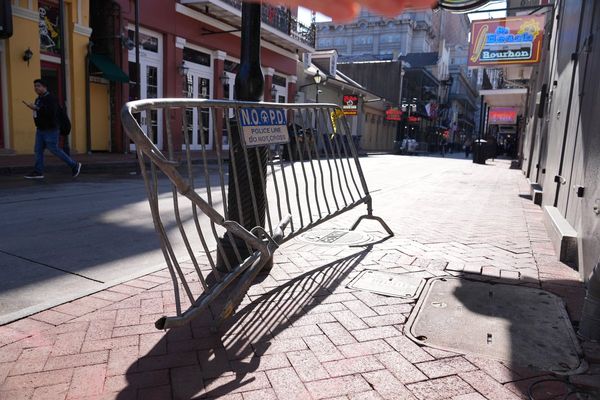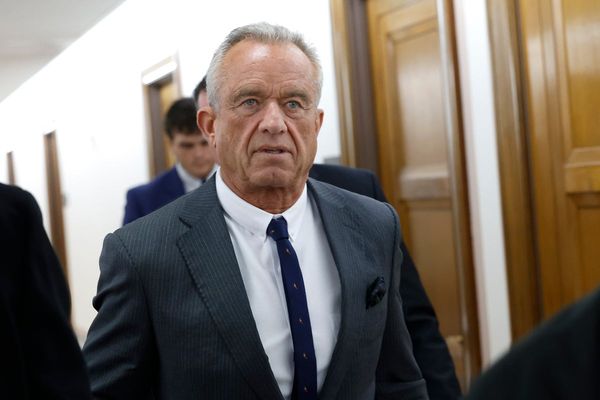
Ford Motor Co. struck a deal with rival Tesla Inc. to give its electric-vehicle customers access to the Tesla Supercharger network, a move toward a single industry standard to simplify recharging.
The Ford F-150 Lightning, Mustang Mach-E and E-Transit vehicles will be able to power up on 12,000 Superchargers across North America starting next year, using an adapter. Ford’s next-generation electric vehicles, starting in 2025, will have the Tesla charging capability built in.
The partnership makes Ford the first major automaker to adopt Tesla’s so-called North American Charging Standard, giving its customers access to the largest, fastest and most reliable network of EV chargers. Access to reliable charging is a major concern among those interested in purchasing an EV.
“The deal may ease consumer concerns about the availability — and reliability — of chargers in the US,” Kevin Tynan, an analyst with Bloomberg Intelligence, said in a note. The move may represent a “step back” for other companies in the EV charging market.
Ford’s shares rose 7% as of 2 p.m. Friday in New York, while Tesla’s were up 6.2%.
“We’re really pumped up about working” with Tesla, Ford Chief Executive Officer Jim Farley said on a Twitter Spaces session with Elon Musk on Thursday. Both characterized the partnership as helping to improve EV adoption. Musk is the CEO of Tesla and owns Twitter.
Some new customers who otherwise might have signed up with ChargePoint Holdings Inc., Blink Charging Co. or EVgo Inc. could opt for Tesla’s chargers as a result of the Ford deal, according to Gabriel Daoud, managing director of equity research with Cowen Inc.
Shares of Blink fell 2.5% and EVgo declined 4.5%. ChargePoint rose less than 1%.
Tesla’s charging network already has a better reputation for reliability than its competitors, ranking highest in a recent J.D. Power survey of EV drivers. The rest of the charging industry may need to adopt Tesla’s charging connector as a de facto standard by retrofitting existing stations with new plugs should other automakers sign on.
“If the other OEMs follow suit, the charging companies will have no choice but to adapt,” Daoud said.
The deal does not necessarily mean other charging companies will get squeezed out of the market due to the sheer number of public charging stations the EV transition will require.
Not ‘Cost Prohibitive’
Ford said for customers to use the Superchargers next year they’ll also need to do a software update and make a payment. Musk said the charging adapters wouldn’t be “cost-prohibitive,” though neither CEO gave an exact price.
Farley said Ford customers will still be able to use their old chargers, known as Combined Charging System connectors.
The partnership is “an obvious big win for Ford” by giving its customers convenience when charging, Tom Narayan, an analyst with RBC Capital Markets, said in a note. For Tesla, it can help by speeding up EV adoption and potentially allow it to qualify for more federal funding, he said.
In a blog post in November, Austin-based Tesla said its charging standard is now the most common in North America, with a network twice as large as the Combined Charging System network. In February, the Musk-led EV maker said it would give other car companies more access to its chargers by the end of 2024.
Farley and Musk also praised one another for their respective companies, with the Ford CEO saying he wanted to make his company’s electric vehicles fully available to software updates, like Tesla vehicles.
“It’s super hard what Tesla has done,” Farley said. “And I totally respect them.”
Tesla controls nearly 60% of the US electric vehicle market and Ford was a distant second last year. Farley has said he is aiming to eventually overtake Tesla.
--With assistance from Dana Hull, Sean O'Kane and David R. Baker.
©2023 Bloomberg L.P.







